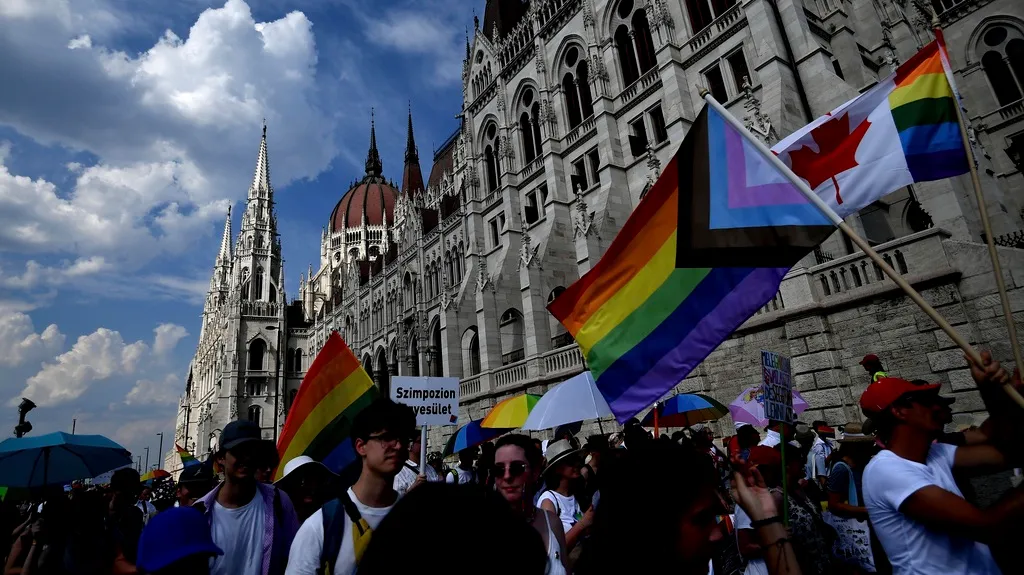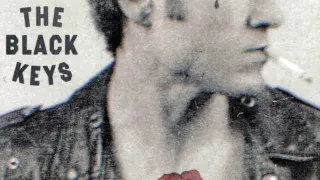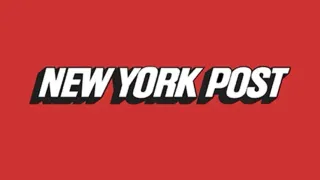July 10, 2016
PrEP Use Rising Fast, But Racial Disparities Remain
Liz Highleyman READ TIME: 5 MIN.
More than 49,000 people have filled prescriptions for PrEP at retail pharmacies in the United States, but use is still low among black and Hispanic/Latino men who have the highest rates of new HIV infections, according to a study presented at the recent American Society for Microbiology's Microbe conference in Boston.
"HIV prevention education and PrEP services may need to be racially focused and culturally relevant to increase PrEP uptake and decrease new infections in populations at the greatest risk," the researchers from Gilead Sciences recommended.
The U.S. Food and Drug Administration approved Truvada (tenofovir/emtricitabine) for HIV prevention in July 2012. Adoption was initially slow, but numbers began to rise as gay and bisexual men began promoting PrEP within their communities.
It is difficult to estimate the total number of people who have used PrEP because this information is not centrally collected. The Bay Area Reporter recently estimated that at least 6,000 people in San Francisco are taking PrEP, though many experts think this figure is low.
Gilead has conducted surveys of retail pharmacies to get a handle on how many people have been prescribed Truvada for PrEP. The combination pill is also used for HIV treatment and off-label hepatitis B treatment, so the survey excluded patients with these conditions mentioned in their medical records.
In 2013, Gilead researchers reported that a survey of 55 percent of U.S. pharmacies found that fewer than 1,300 Truvada PrEP prescriptions were written in 2012. By the first quarter of 2014, the number had risen to approximately 3,250 prescriptions.
At a conference in October 2015, PrEP researcher Dr. Robert Grant from the UCSF Gladstone Institutes said that the latest survey found that around 8,500 people had been prescribed Truvada for PrEP - more than double the previously reported number, even though the proportion of responding pharmacies had dropped to 39 percent.
At the ASM meeting, Staci Bush from Gilead reported new data collected from 82 percent of pharmacies, showing that a total of 49,158 people had started Truvada for PrEP between early 2012 and the third quarter of 2015. This number reflects a more than 500 percent increase between late 2013 and late 2015.
Information on race and ethnicity was available for 44 percent of these PrEP recipients. Within this group, 74 percent were white, with Hispanics (12 percent), African Americans (10 percent), and Asians (4 percent) accounting for much smaller proportions.
The number of women starting PrEP remained about the same at around 2,500 per year. But as the number of men on PrEP rose, the proportion of women fell from about half in 2012 to just 11 percent in late 2015. Black women were more than four times less likely than white women to have started PrEP.
Looking at age, about 8 percent of people who started PrEP were younger than 25 years, with a similar age distribution across all racial and ethnic groups.
This breakdown of PrEP users does not reflect the distribution of the U.S. HIV epidemic. According to the Centers for Disease Control and Prevention, 44 percent of new HIV diagnoses occur among African-Americans, who make up about 12 percent of the total U.S. population. People under age 25 account for one in five new diagnoses, with 80 percent of them being young gay/bi men and more than half of those being black.
As the B.A.R. recently reported, San Francisco last month allocated additional funding to expand PrEP services to underserved communities and has launched a new PrEP campaign called Our Sexual Revolution ( http://www.oursexualrevolution.org).
Surveys Underestimate Total
The number of people receiving Truvada PrEP prescriptions at surveyed pharmacies is an underestimate of the total number of PrEP users in the U.S.
Many public and private clinics - including San Francisco City Clinic and the San Francisco AIDS Foundation's Strut men's health center - send their clients to retail pharmacies to get their Truvada PrEP prescriptions filled.
"Most of our patients fill their prescriptions through retail pharmacies - this includes patients with private insurance, Medi-Cal, and those who are receiving PrEP through the Gilead medication assistance program," Robert Blue, coordinator of HIV prevention services at City Clinic, told the B.A.R. "We encourage patients with private insurance to make the transition to getting PrEP from their primary care providers within three months. This allows us to always have capacity to initiate PrEP for new patients."
Some large PrEP programs are not included, however. For example, Kaiser Permanente San Francisco, which provides PrEP to more than 1,800 city residents, does not report pharmacy data to Gilead, according to Brad Hare, Kaiser's director of HIV Care and Prevention Services.
On the other hand, the numbers in the surveys may be reduced by the fact that many people who start PrEP do not stay on it indefinitely.
"I'm sure [the survey estimate] is way low," said Strut nursing director Pierre-C�dric Crouch. "There is probably a decent amount of people who are getting online generics. People who stop for six months and then come back. People transferring their care. It's a very challenging number to come up with."
PrEP Willingness Greater Than Use
A related study recently published in the journal Clinical Infectious Diseases found that more than half of gay/bi men in the U.S. are willing to use PrEP - much higher than the number who have actually done so.
Brooke Hoots from the CDC and colleagues looked at nearly 6,500 sexually active gay/bi men in 20 cities surveyed through the National HIV Behavioral Surveillance system in 2014. Participants were asked about their willingness to use PrEP, actual use during the past year, and indications for PrEP as recommended by the CDC (such as condomless anal sex).
While only about 4 percent of respondents reported using PrEP, about 60 percent said they were willing to do so. There was no difference in willingness to use PrEP between black and white gay men, but actual use was about twice as high among whites.
Men with more education, higher incomes, and health insurance were more likely to use PrEP, suggesting that the disparity "may be attributable to racial differences in health care access rather than a lack of interest," the researchers wrote. In addition, men in San Francisco and Washington, D.C. reported greater PrEP use than respondents in other NHBS cities.
The researchers also found that while more than half of all respondents had indications for PrEP, this was less common among young black gay/bi men. This is consistent with previous studies showing that although their HIV rates are higher, black gay men report less risky sex and drug use than white men.
For this reason, the researchers recommended that clinicians should consider not just risk behaviors, but also HIV incidence (new cases) and prevalence (total existing cases) in communities when considering whether to prescribe PrEP.







